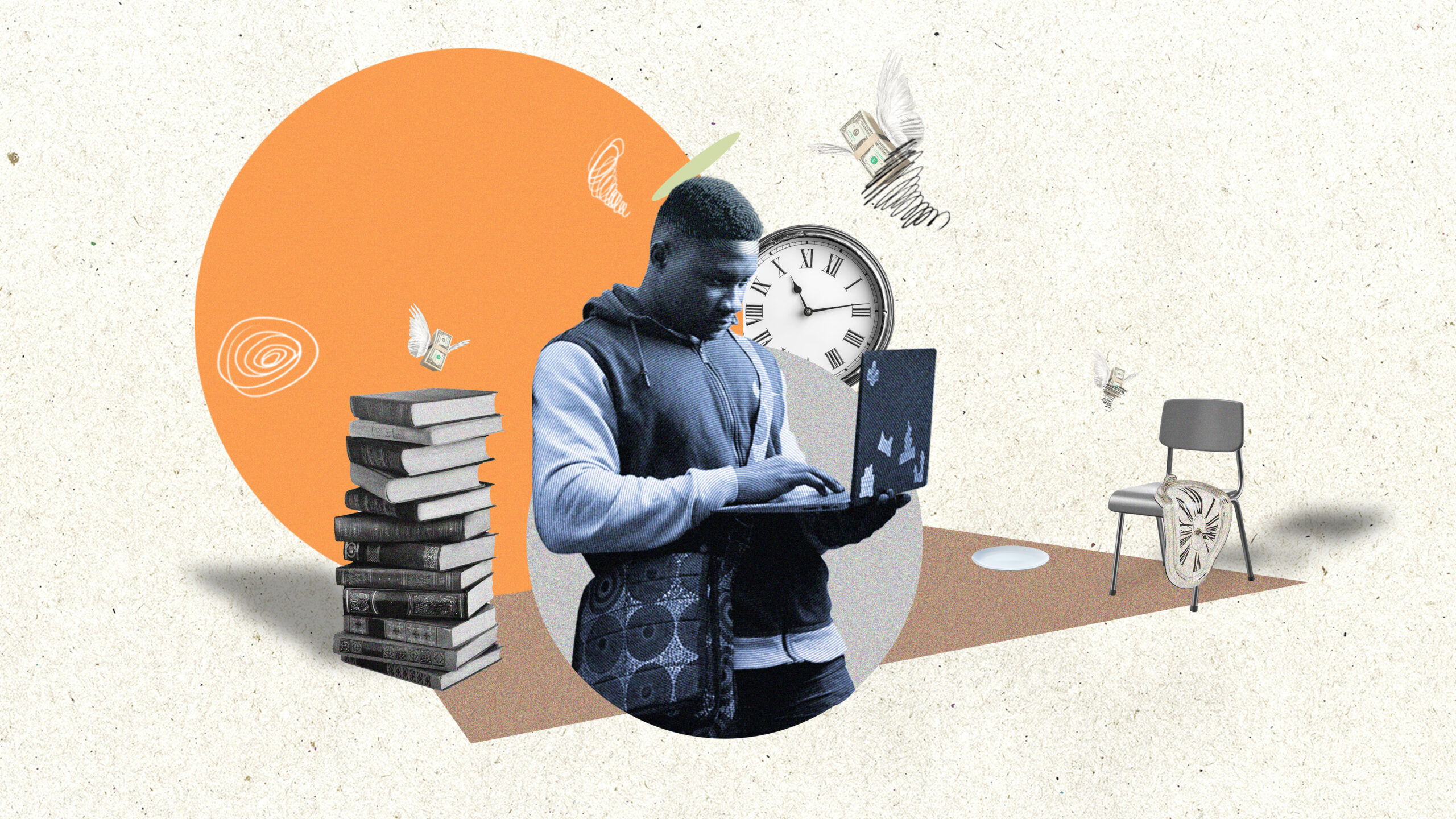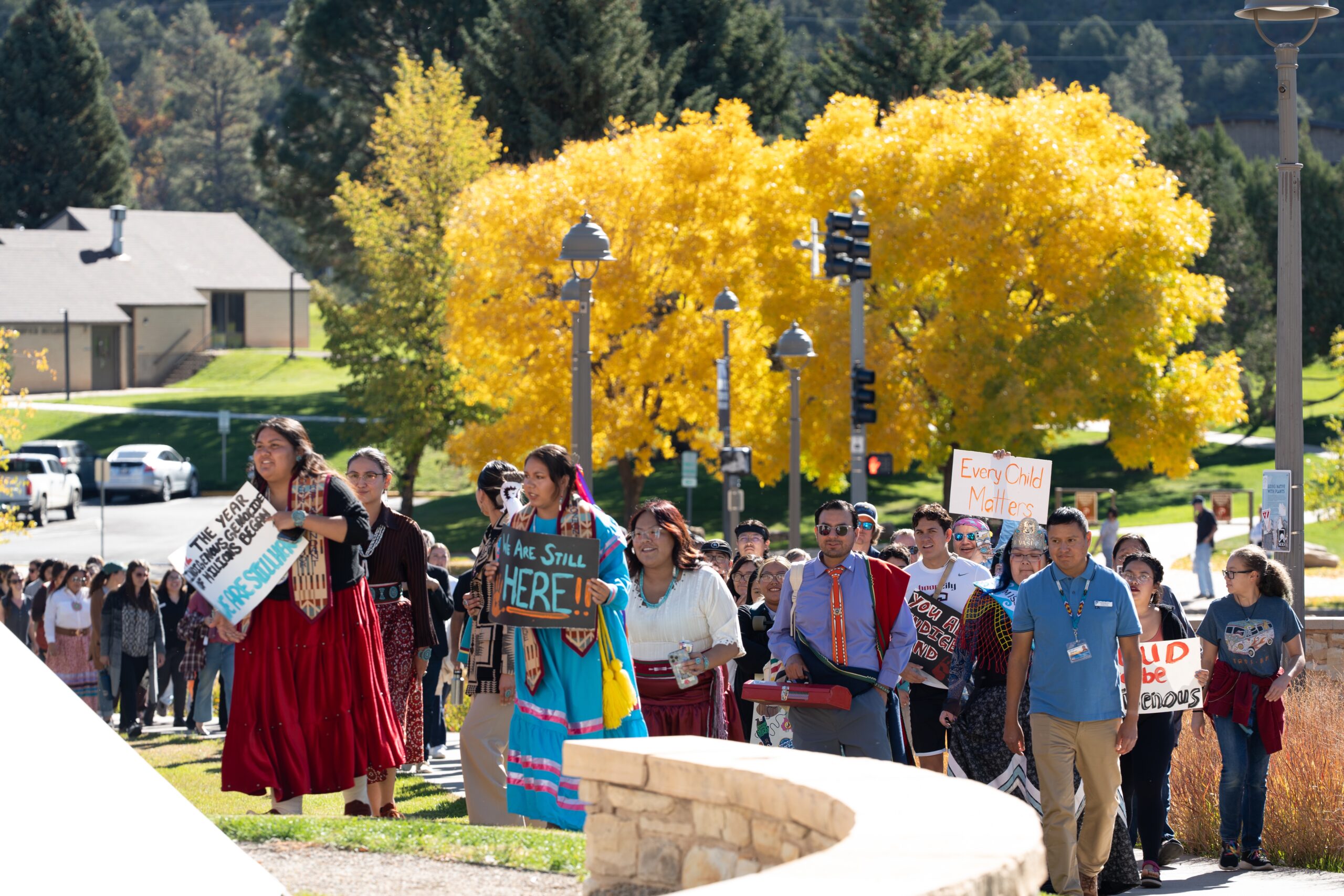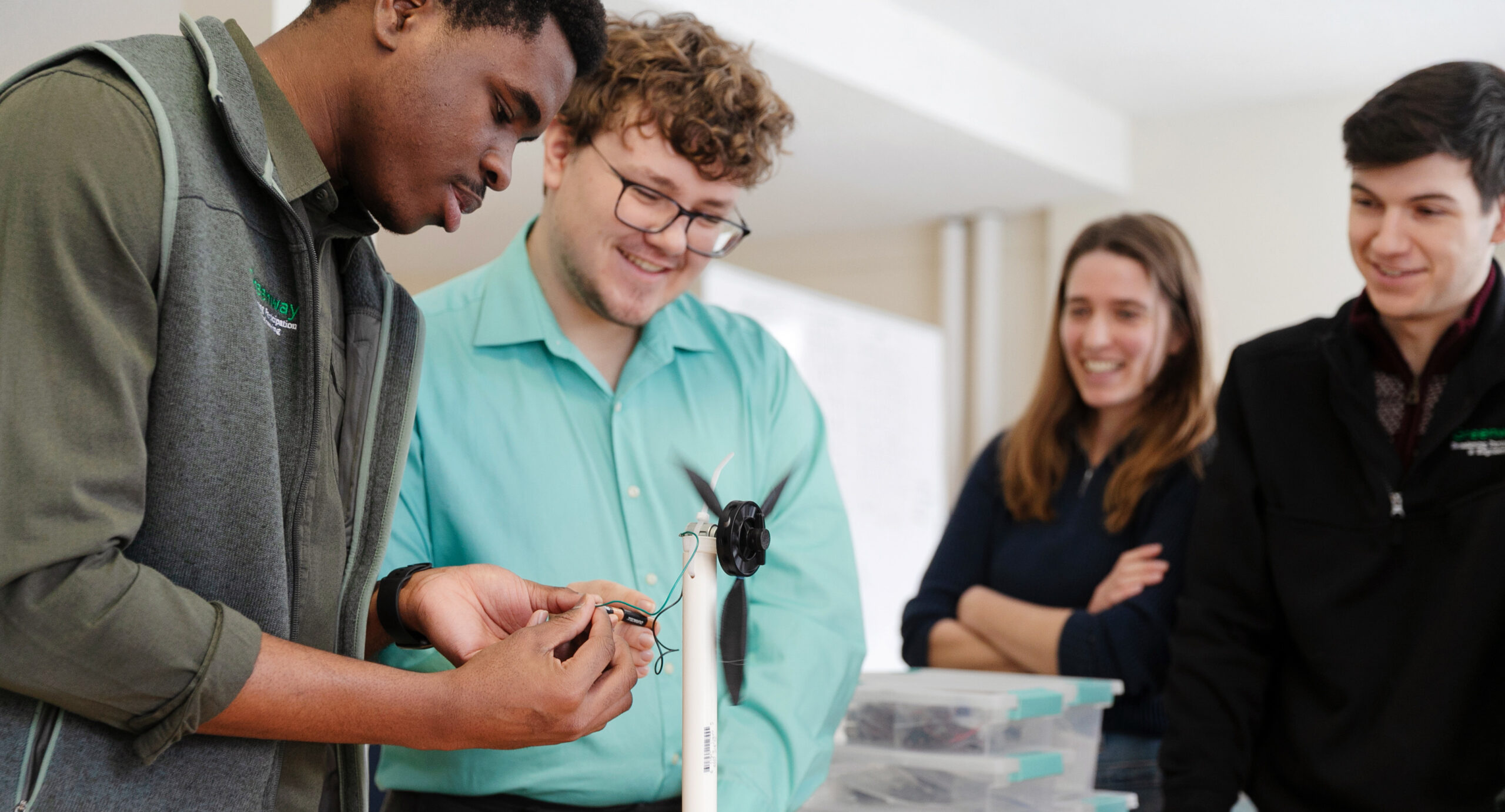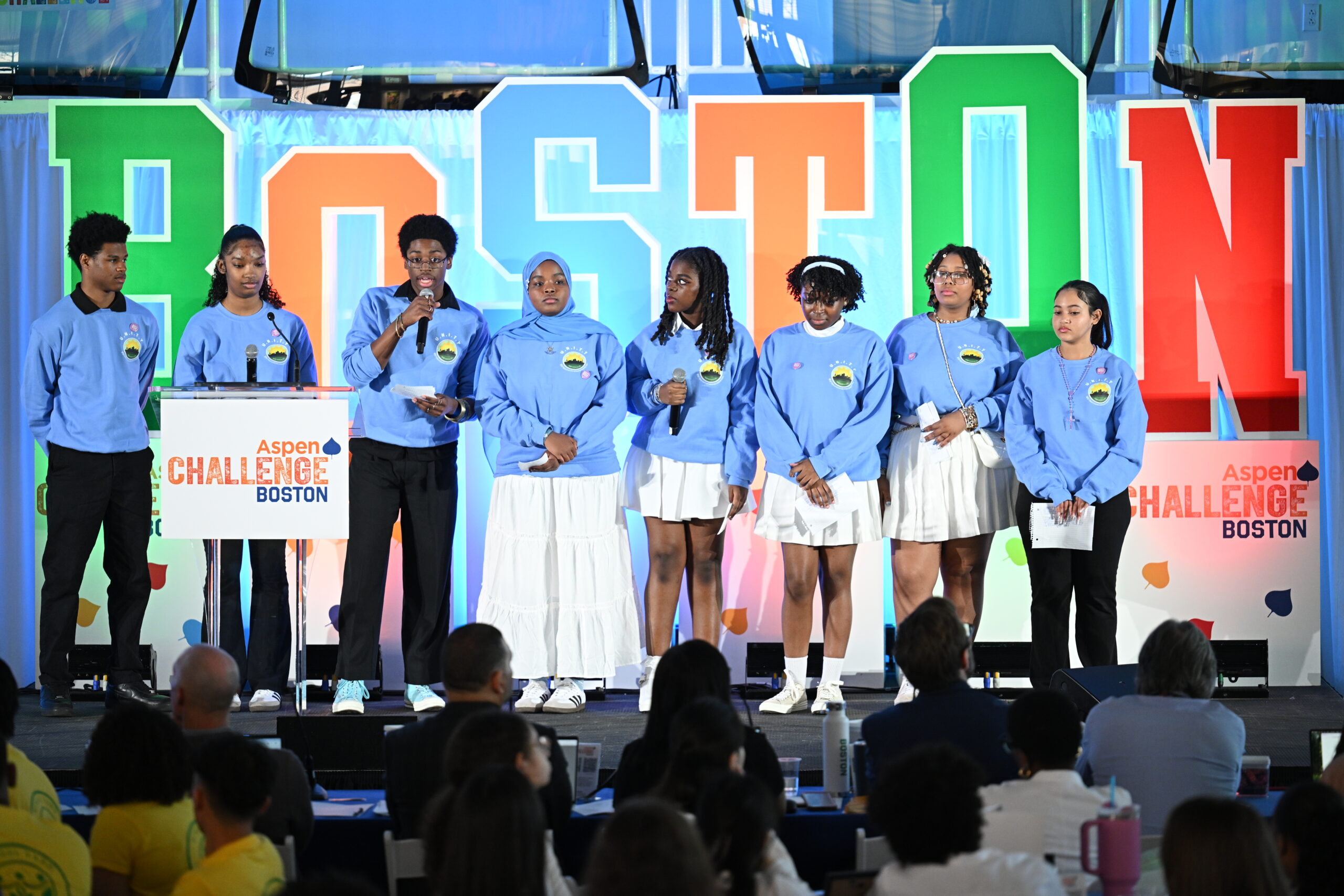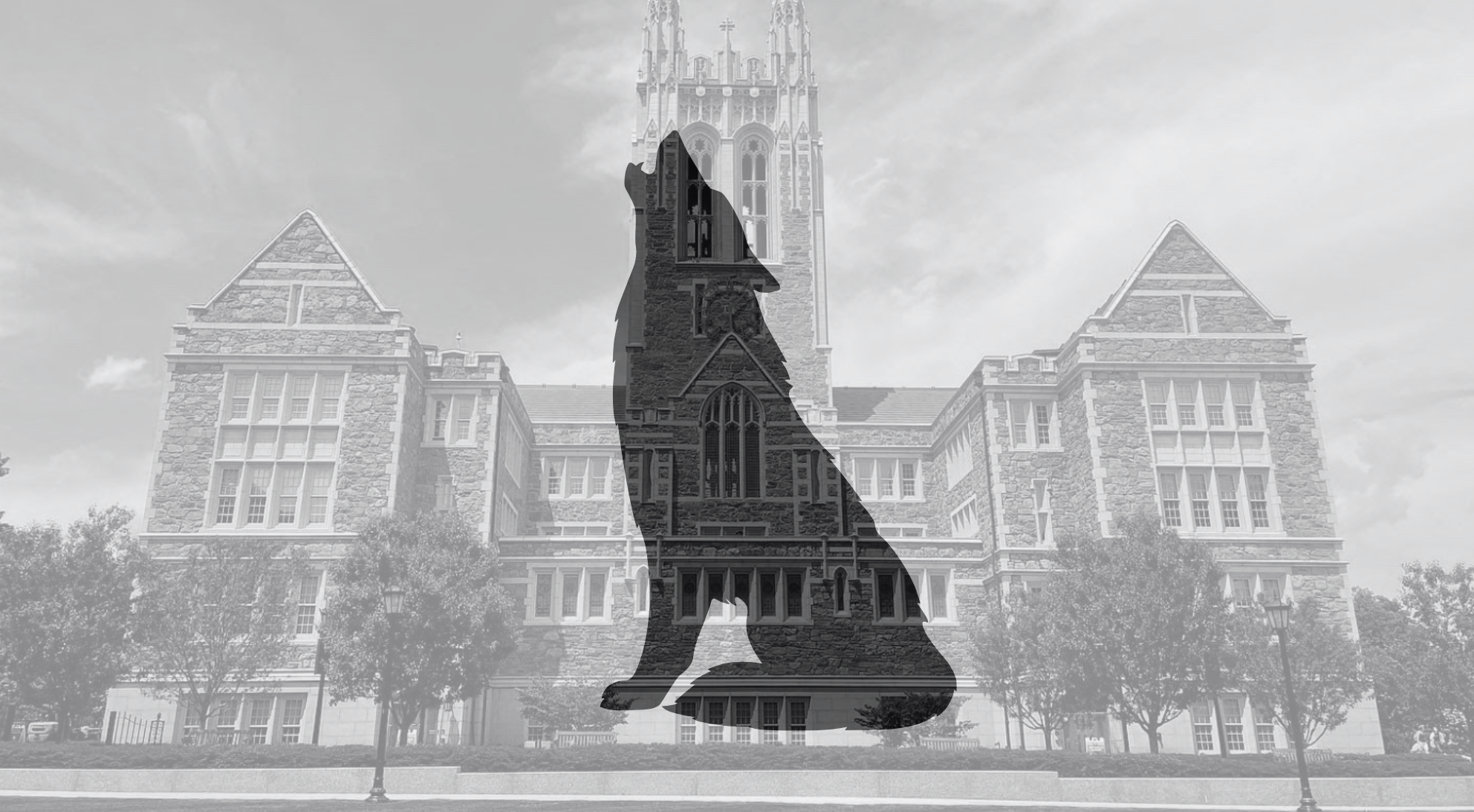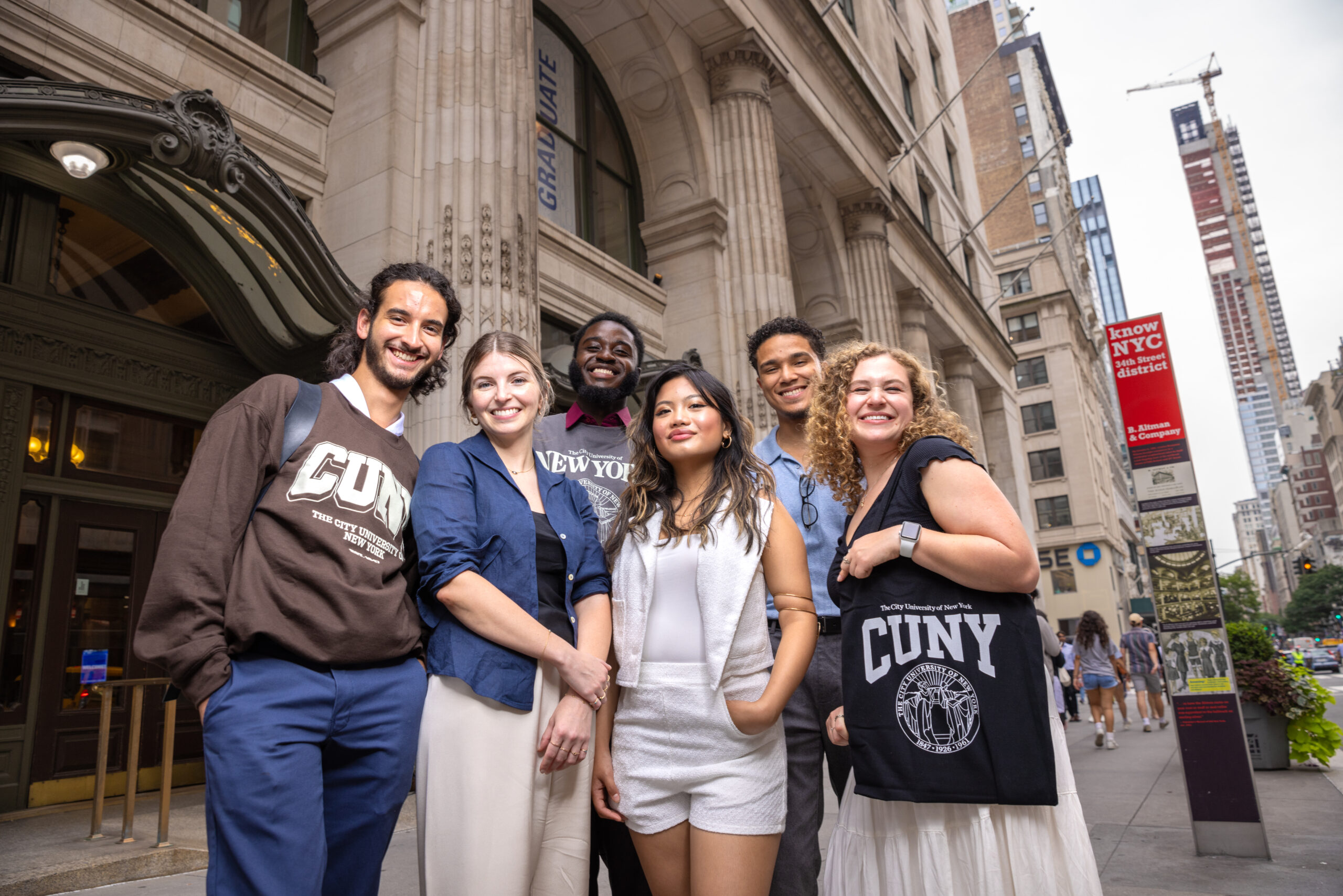Not many academics find mainstream success with the publication of their first book. Anthony “Tony” Jack, Ph.D. did.
In his award-winning debut, “The Privileged Poor: How Elite Colleges Are Failing Disadvantaged” (2019), Jack explores how elite colleges and universities tout mounting diversity but tend to recruit students of color from private and preparatory high schools rather than local, more distressed ones. His second book, “Class Dismissed: When Colleges Ignore Inequality and Students Pay the Price” (2024), tracks the fallout of the pandemic for students with little to no support at home, and how institutions failed to anticipate and respond to their needs.
From assistant professor of education at the Harvard Graduate School of Education, Jack joined the faculty at Boston University in 2023 as an associate professor of higher education leadership. At B.U., he is the inaugural faculty director of the Newbury Center, a resource office for first-generation students across undergraduate and graduate programs. From his perch as researcher, educator, and student affairs insider, he offers a unique understanding of the challenges facing high-needs students, as well as those supporting them. He’s also committed to being part of the solution — one that hinges on scholarship and student services working together.
LW: To start, could you give a bit of background on your research and areas of expertise up to now?
TJ: In my first book, “The Privileged Poor,” I discussed an overlooked diversity in higher education. Universities were doubling their efforts to recruit lower-income and first-generation college students, and many universities had actually almost doubled the number of Pell-eligible students who they were admitting. But my question was always: Where are they getting those students from? And what I show in my first book is that they were actually going to get their new diversity from old sources: boarding, day, and preparatory high schools. And I called those students the “privileged poor,” lower-income students from boarding, day, and preparatory high schools. And I called their peers who went to low-income — typically distressed — public schools the “doubly disadvantaged” and showed how students’ trajectories to college shaped their trajectories through.
One thing in that book that I wish I was able to engage with more was how the inequality at home so often comes to campus. “Class Dismissed” was born out of a pebble-in-a shoe-type moment, where all the presidents of universities were like, “I didn’t know our students didn’t have internet at home. I didn’t really know what kind of communities they were coming from.” And I’m just like, but you do. Your admissions officers know. From their personal statements — because you make them pimp out their poverty — you know where they come from. You know what they’re returning to. “Class Dismissed” was a response to that. What was important for me to bring to “Class Dismissed” is to say that COVID exacerbated the very inequalities that students were suffering with in silence.
LW: And you are now involved in translating some of those lessons into practical supports, right? At the Newbury Center at B.U.? Could you say a bit about what goes on there and what it means to be the “inaugural” faculty director?
TJ: The Newbury Center is this amazing opportunity to put my research into action because the Newbury Center is a resource center for first-gen undergraduate, graduate, and professional students. There usually isn’t this coordinated, university-wide effort to support students who are first in their families to go to college. And so the Newbury Center is unique in that sense. And it’s a really amazing opportunity, as well as a monumental task. Because we have people who are coming in at 17 and 18, and we also have people who are coming in at 30 and 40.
My inclusion is to put research more central to the endeavor: How do we support our undergraduates to go to study abroad? How do we make sure that we understand the best practices to help them get internships — to get opportunities to extend learning beyond the classroom? Those are the kind of things that I’m able to do and support with research. During the summer, we actually help students who take on unpaid or low-pay internships with stipends. It is so stressful to be able to have this amazing opportunity to work in a field that you love, but you can’t afford to live where the internship is. We can help fill that gap for lower-income students. Not as much as I would hope, but that’s also why I’m helping to expand the center so that we can help more people.
LW: So had you heard of the Newbury Center when you were at Harvard, and it became sort of a driving force for you to move over and get more involved?
TJ: The Newbury Center is still a very young center. Five years. The ability to craft its trajectory from early on was an attractive piece to get me to think about going from just being a producer of research to now also being tasked to create policy and advocate on behalf of students across the country.
My work on food insecurity is a huge piece, where I can actually engage with deans. I was doing that in addition to my work at Harvard, but now it is part and parcel of my advocacy work at B.U. My work on mental health has shifted from being a finding that I have about how students do or do not seek help to now being able to invite directors of mental health services to campus as part of an annual conversation.
LW: It’s interesting that you say that. I was thinking about that dual role you’re playing as a professor and then in more of a student services role at the Newbury Center. Did that feel like kind of a natural balance for you to strike? Was there ever any kind of hesitation or feeling like you needed to stay in one lane?
TJ: No, for me, from the very beginning, my philosophy was: Why just write about it when you can do something about it?
In “Class Dismissed,” I have this line: “Now that we know what we know, what are we going to do about it?” Don’t just relegate a very, very important possible policy change — one that could fundamentally change the everyday existence for tens of thousands of students across the country — to a paragraph at the end of the paper. Why not give more life to it? It’s ethical research. It’s theoretically informed. It’s empirically rich. Why not add that fourth element? And then also to write in an accessible way so that a president, a professor, a dean, a parent, can learn about what the children in their life are going through.
“In ‘Class Dismissed,’ I have this line: ‘Now that we know what we know, what are we going to do about it?'”
LW: Right. On that note, what are young people going through right now? This is a broad question, but what are your major concerns at the moment for students, especially first-gen or low-income ones?
TJ: The thing that’s top of mind right now? I mean, where do we go? We can talk about affirmative action, withholding of funds. It’s just a lot, to be honest. But one thing that I think people need to realize is happening on campuses in this McCarthy-era-style politics that we find ourselves in — what we are seeing — is labeling what were once good student affairs practices as “benefits.” And any limiting of that newly labeled benefit to a particular group is seen as unconstitutional. That is a very different way of doing student affairs. Student affairs was saying, “Hey, we are here for everyone, but we also know that we have to take particular steps to welcome different groups. And we do that by allowing — supporting — affinity groups and hosting these different offices because we know that our campuses were literally not made for people here, who are here now.”
Now that work is said to be giving an undue benefit to someone else and discriminating against, essentially, a white man, which is now the reference point for any kind of support service that you have. And that list is going to get longer and longer. It’s going to go just from being a white student to a white male student to a white Christian male student to a white rich male student. And it’s just going to keep getting longer and longer until that reference is a very narrow person, who is not the modal group on campus, and yet all policy and all practices are going to be seen as: Are you not allowing this person to feel comfortable here?
LW: Have you been experiencing that firsthand through the Newbury Center or otherwise — restrictions to your work or your ability to support people?
TJ: To be honest with you, it’s a day to day thing. We don’t know when we’re going to get another “dear colleague” letter. We don’t know when another executive order is going to come out. We don’t know if any university is going to keep fighting it through the justice system, knowing that the Supreme Court is what it is. And so we’re waiting day-by-day to figure out: Can we continue to do the work that we do across the country?
LW: But so far, do you feel like — notwithstanding daily challenges or pivots — you’ve sort of been able to maintain the level of support that you had in years past?
TJ: So far.
LW: And in terms of your student interactions, what are you hearing from them about the things that they’re most nervous about? How do you guide them through that, if that’s part of your role?
TJ: It’s generalized anxiety about what is next — what’s going to be possible. And so what we are trying to do is still encourage students to put themselves out there — go for every internship, go to study abroad, pick out your favorite spot in the library that you are going to be known for at your 20-year reunion: “I would always see you in the library right at your favorite window.” They can still make memories and take advantage of all the things that college provides. That is incredibly important. That’s just huge.
LW: What else are you thinking about going forward with this school year? What are you anticipating will be the biggest challenges both for your own work and also for the students that you support?
TJ: If it’s two things that rob people of so much, it is scarcity and precarity. Right now, everything that we are trying to do is to make ends meet with less and in less time. And to be honest with you, this is the year that I want to be fully present for students and hear from them — learn from them — so that, as I craft out my next project, it is one that is going to not only expose what they went through but think critically about the policy and practice changes that can help support them going forward.
LW: Is that something that you feel hopeful about? The idea that the policy change could really happen and make a difference?
TJ: First-gen-as-pawn is something I’m really grappling with right now because a lot of people are flocking to first-gen — to recruit first-gen. But they’re not ready. They’re still not ready.
LW: Not ready to support students once they actually come to campus?
TJ: Yeah, yeah. Those are some things I want to just grapple with.
LW: In terms of a future research opportunity or just in general?
TJ: Well, for me, everything is going to be tied to investigating it. Students’ voices inform the policy suggestions that I present to colleges because I believe that in students’ voices are the keys to success and a more equitable future.
LW: Is it encouraging to see other actors or organizations with a similar outlook and doing similar work?
TJ: It’s absolutely encouraging. Because that means that people are intentionally invested in making campuses not only more accessible but equitable. They would probably never be equal. But to have a more equitable space — people who are being intentional about removing some of the hurdles that disproportionately hurt, humble, and quite frankly, sometimes just destroy those who believe in education the most. Not as, “Oh, I have to go because my family has always gone.” But literally the people who believe in it because they believe in the power that they can completely transform their life.
LW: So still feeling like that’s possible?
TJ: I’m a first-generation college student myself, so this work is inherently personal, as well as it is professional. I do believe in the power of research to change things. I do still believe in the power of education to be transformative. I believe in the power of research to make that transformative experience more accessible to more people.
One thing I would love is a push for more researchers to write in an accessible way and not ignore general audiences. Because it’s important — especially now in this age of misinformation — for more people to actually understand what goes into research and how our findings are not manipulated. We need to stop talking at people and have conversations with people. And so I don’t think that work is any less theoretical just because people can understand it.
You can reach LearningWell Reporter Mollie Ames at mames@learningwellmag.org with comments, ideas, or tips.
